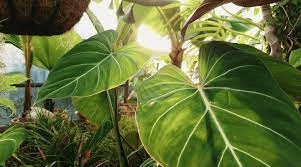Have you ever wandered past a florist and marvelled at the beautiful flowers that are displayed and how the staff inside can seem to create the most amazing bouquets from a mixture of all of these different flower varieties? Or perhaps you have visited a greengrocer’s and gazed in awe at the sheer variety of produce that can be grown? Then you may be interested in learning about the growth cycle of plants and flowers.

The bulbs, tubers and seeds can all be used to produce flowers and other plants. The bulb and tuber are energy sources which contain all of the nutrients and energy that a plant requires until it emerges from the ground, and can perform photosynthesis using sunlight and water. The energy and sugars in the plant are returned to the bulb when the plant dies. This is to store the remaining sugars until the next flowering season. The seeds are similar to the plants, but contain less energy. Once a plant is grown, it must be pollinated to produce its own seeds. The wind, birds and animals that eat seed pods can all play a role in dispersing seeds. They may also drop from the plant, or from seed pods, which appear to explode over the ground.
The stigma and stamen are two important parts of the plant that play a role in pollination. They are tubular plant parts that act as a tube for pollen to reach the fertile part of the plant. There is a small tube that pollen travels through when it is dropped on the stamen by the wind or carried by small insects. Once it reaches the ovary, it fertilises the ovules that then become seeds.
After the flowers have bloomed and died back, the seeds are produced. They can be dispersed naturally as described above or by collecting and planting them manually. The seeds are often dormant and will not germinate until spring when they will warm up from the soil. If you buy seeds in a store, they have already been harvested from plants the previous year. For information about Wholesale Plants, visit Palmstead who supply a large range of Wholesale Plants.

Therefore, there are five main stages to the life cycle of a plant:
These include the germination of a seed, the formation of the seed, its growth, development and reaching of maturity, the process of pollination and fertilisation and lastly, the creation of seeds and fruit.
